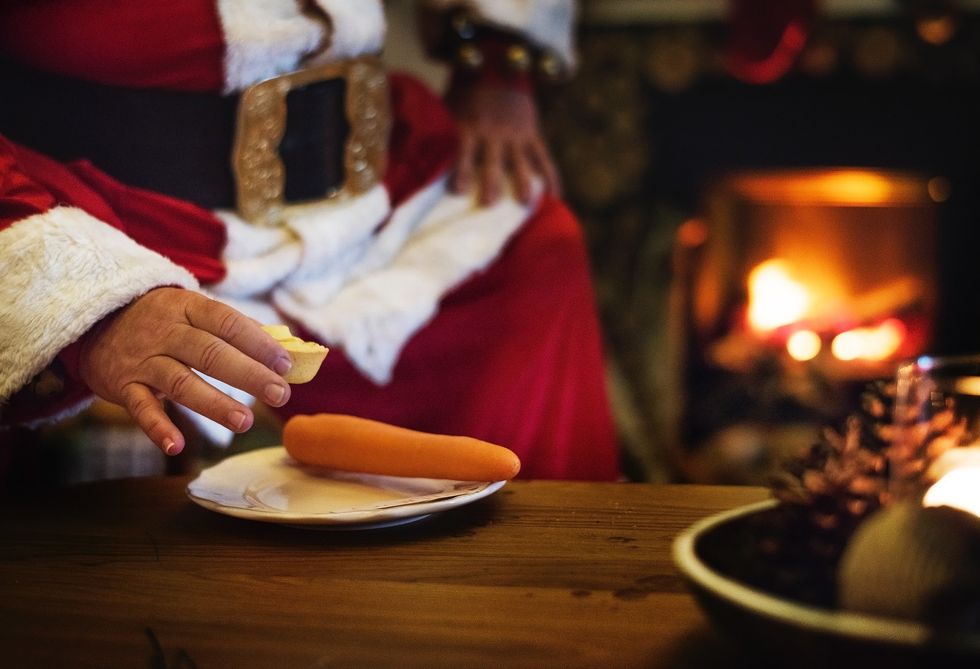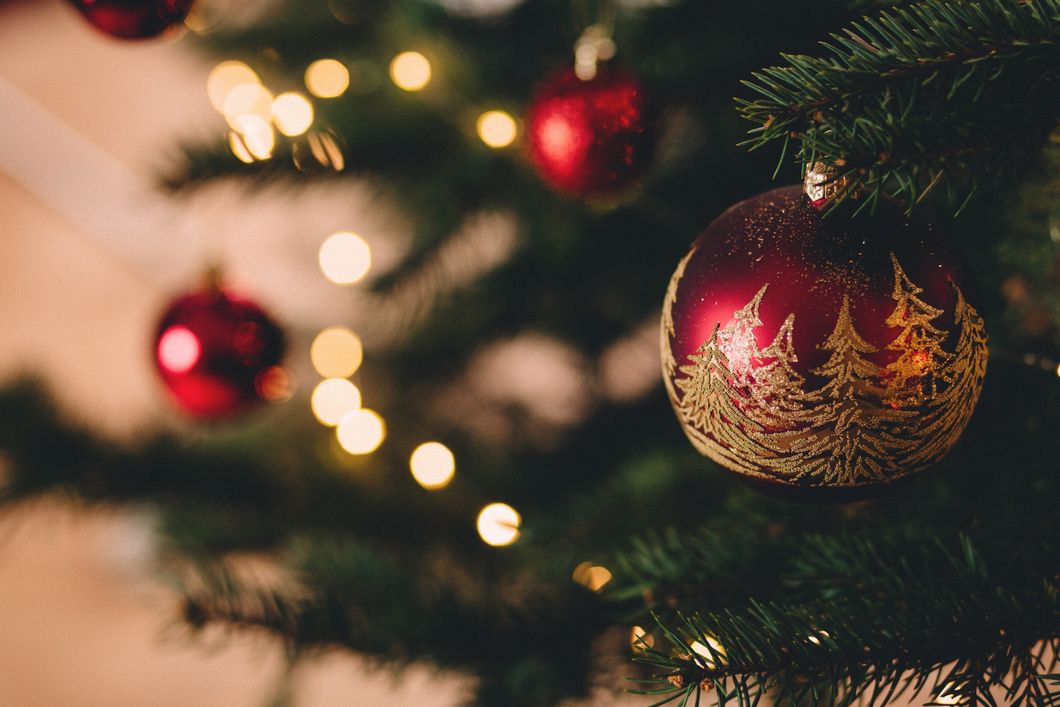Christmas, as we know it, is deeply rooted in Christian traditions. It is Christmas, after all. But, celebrations during late December have been around since before Christianity. Many of the traditions we know have origins in pagan religions and rituals, and have been modified as different cultures and religions evolve.
Christmas

The holiday actually evolved from the Roman celebration of their god of agriculture, Saturn. This celebration usually lasted during the winter solstice, around the time modern-day Christmas festivities are celebrated. During Saturnalia, as the holiday was called, there was a public banquet, and small gifts were given to young children.
During this time, schools were not open, so the kids could partake in the celebration. The courts were also closed, meaning there was no sentencing for criminals.
The point of this holiday, other than worshiping Saturn, was to celebrate happiness and merriment. Because of this, it was illegal to declare war during Saturnalia. On the other hand, a darker tradition involved gladiator battles; they were put on so that the loser of the battle could serve as a sacrifice to Saturn. (Source, Source)
Hanging Stockings

The practice of hanging stockings comes from the times of St. Nicolas, who was a bishop in Lycia in the 4th century. The idea of hanging stockings, however, came from a Scandinavian tradition of children filling their shoes up with carrots or straw and leaving them outside for Odin's horse, Sleipnir. When the horse ate their offerings, Odin left little trinkets behind for the children. (Source)
Wreaths

Since before the time of the ancient Greeks and Romans, wreaths have been used to symbolize power and strength. Kings and emperors wore small wreaths on their head as a status symbol, as it was a representation of their god Apollo. Harvest wreaths, like the ones we use for decorations today, were used in harvest rituals.
The early Europeans used evergreen wreaths to represent strength and immortality, as the evergreen tree was able to withstand rough winters. (Source)
Christmas Trees

Like evergreen wreaths, evergreen trees were used by pre-Christian peoples as a symbol for strength and immortality. The tradition of worshiping evergreen trees was present in ancient Chinese, Hebrew, and Egyptian culture. In early Christian tradition, evergreen trees were used to keep away the devil and provide a home to any birds that were still around during the winter season. (Source)
Mistletoe

Although it is viewed as a romantic plant, mistletoe is actually a parasite. It feeds off of trees when perched on its branches, draining it of nutrients. However, the fascination with mistletoe predates Christianity.
In many cultures, it was thought to carry "male essence," which represented romance and fertility. Perhaps this is why people now use it as an excuse to kiss others underneath it. (Source)
Santa Claus

We all know that St. Nicolas is one of the early representations of Santa Claus.
However, there are a few other figures that have influenced our version of Santa. One example is Sinterklaas, a Dutch legend that is pretty much identical to our modern Christmas figure. He wore red and white, new if children were "naughty or nice," and even had little elves called Zwarte Piet. These elves assisted Sinterklaas by punishing bed children with willow canes. Odin, a pagan god, is also credited with influencing modern Santa Claus.
The myth states that he led the other gods on hunting parties around the same time as our Christmas, and his horse had eight legs like Santa has eight reindeer. (Source)



















